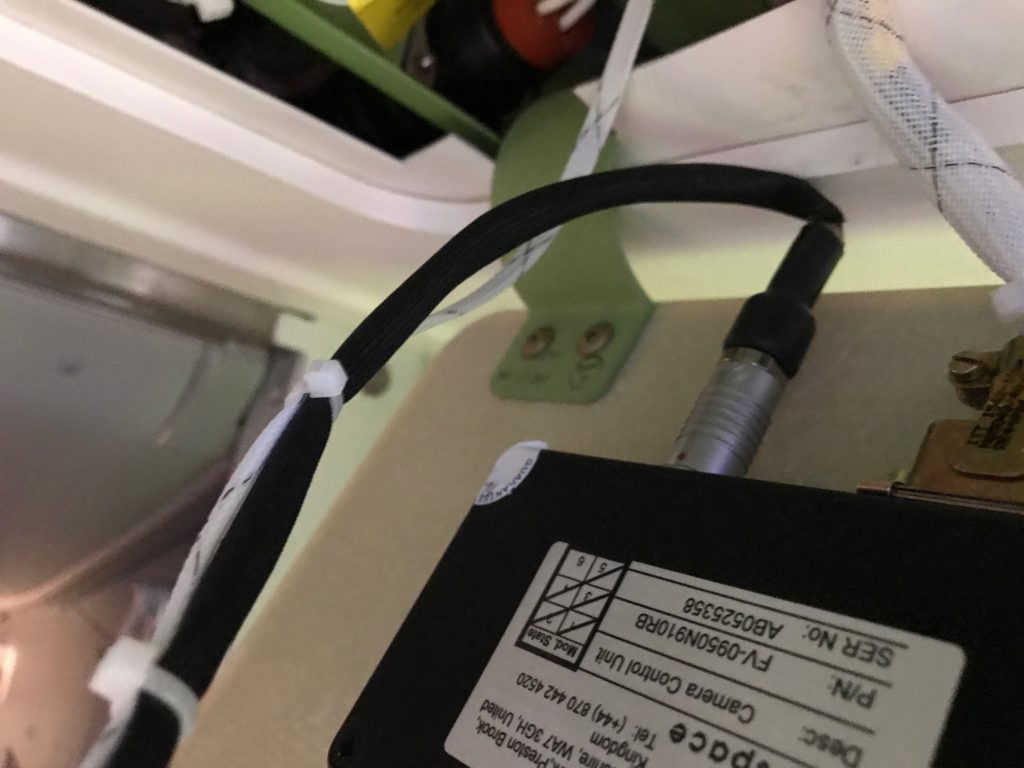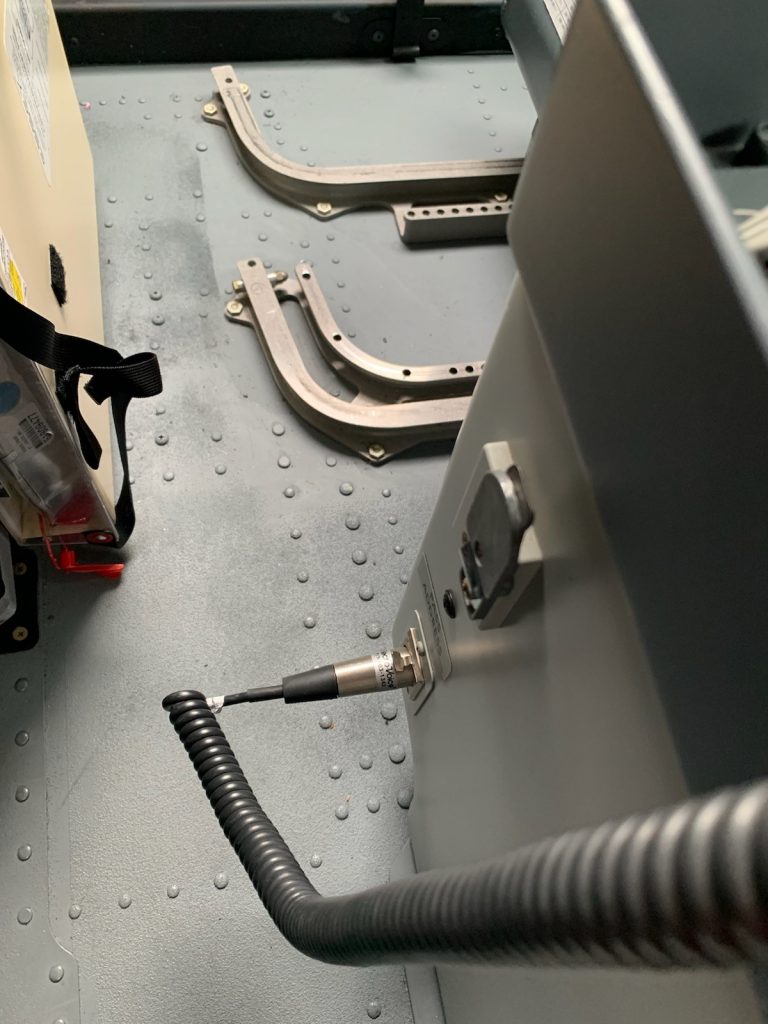2022年2月,国内中南区域有空管反映该航路的121.5MHz频道上有干扰信号(杂音),经定位确认为国内某航司发出。机组反馈整个航程各区域联络过程中通讯系统均工作正常无杂音(期间多次切换了通信频道均使用正常无杂音),且在空中已将该飞机所有甚高频频率调至非121.5MHz频道,塔台反映干扰仍存在。
故障隔离:拔出VHF2跳开关(P6-1 C3 COMM VHF2)后杂音消除。与其它飞机对调VHF2通信调谐面板、VHF2收发机均无效,对调遥控电子组件REU后长时间与塔台确认无杂音,判断由于遥控电子组件REU内部电路故障,导致121.5MHz频道上有杂音。
从原理上讲,RCP面板选定并决定了VHF收发机的频率,REU内部分模块,处理机长,副驾,观察员,以及其他音频信号的接收和放大。与VHF收发机进行交联,实现接收电路和发射电路的翻转。理论上仅REU故障,也仅能干扰选定的频率通道。
该REU使用4444.03小时,2979循环,是修理件。该REU查询在2019.4.10因B207Z 飞机VHF2#通讯故障更换。
波音表示飞机上有故障的系统或部件可能会对VHF系统产生干扰。然而,问题通常表现为飞机上飞行员听到的噪音。波音公司收到报告称,由于麦克风输入电压过高,REU受到损坏,但确切原因尚不清楚。这些REU中的二极管损坏/短路。波音同时表示:机载紧急定位发射器(ELT)在激活时将发送121.5 MHz信号,但如果ELT激活,救援服务部门可能会收到通知,机组通常也会在该频率上听到121.5 MHz信号。



